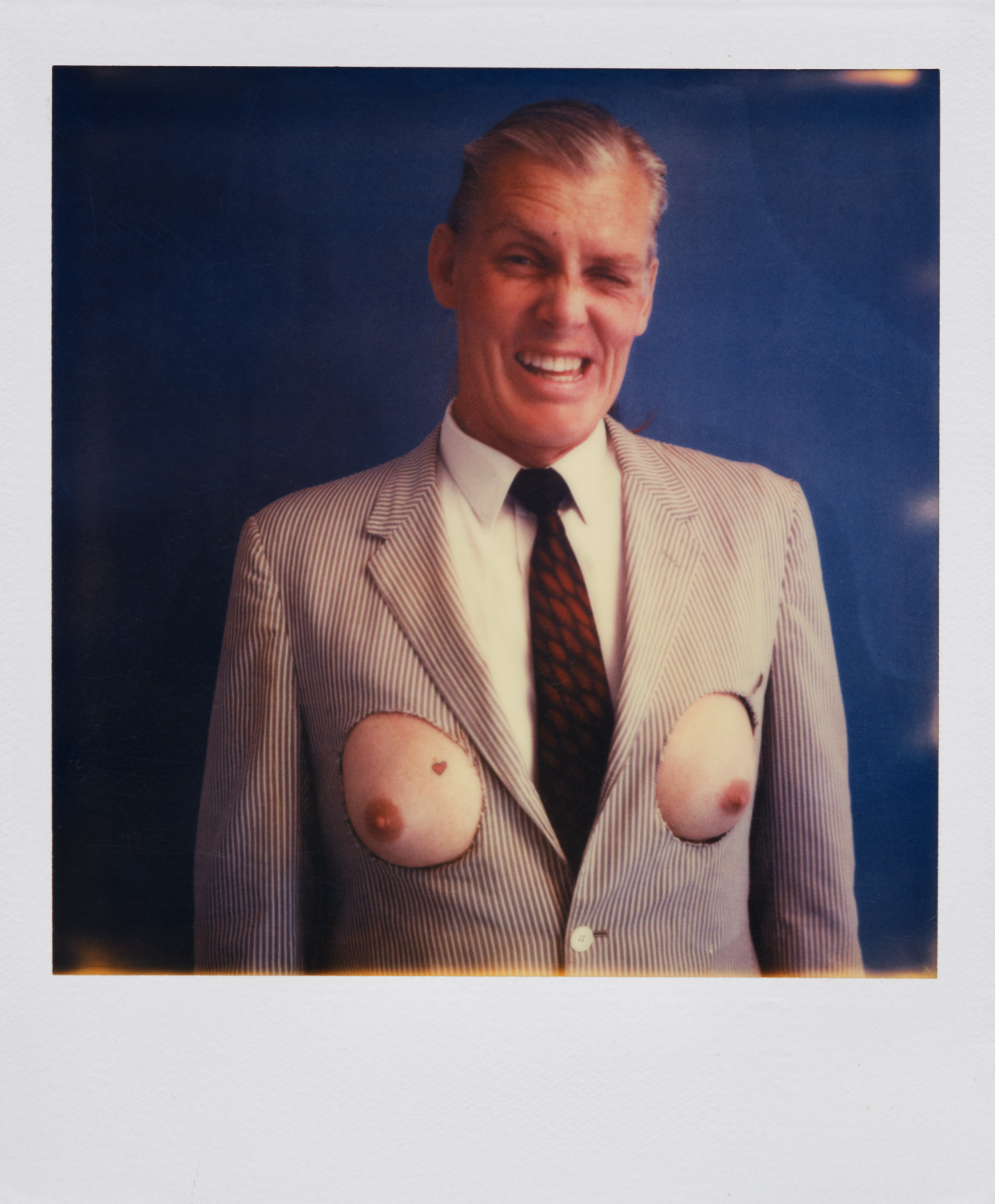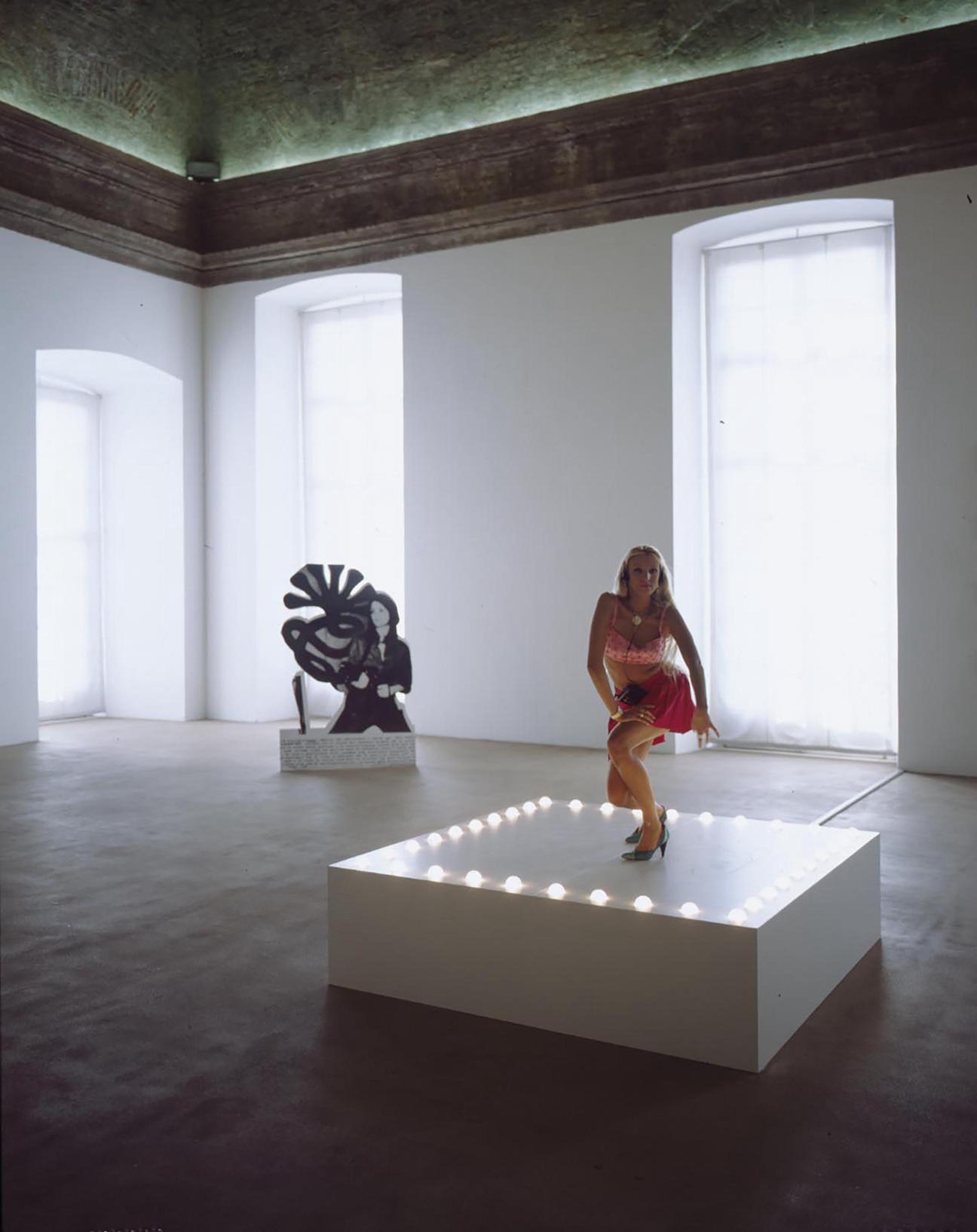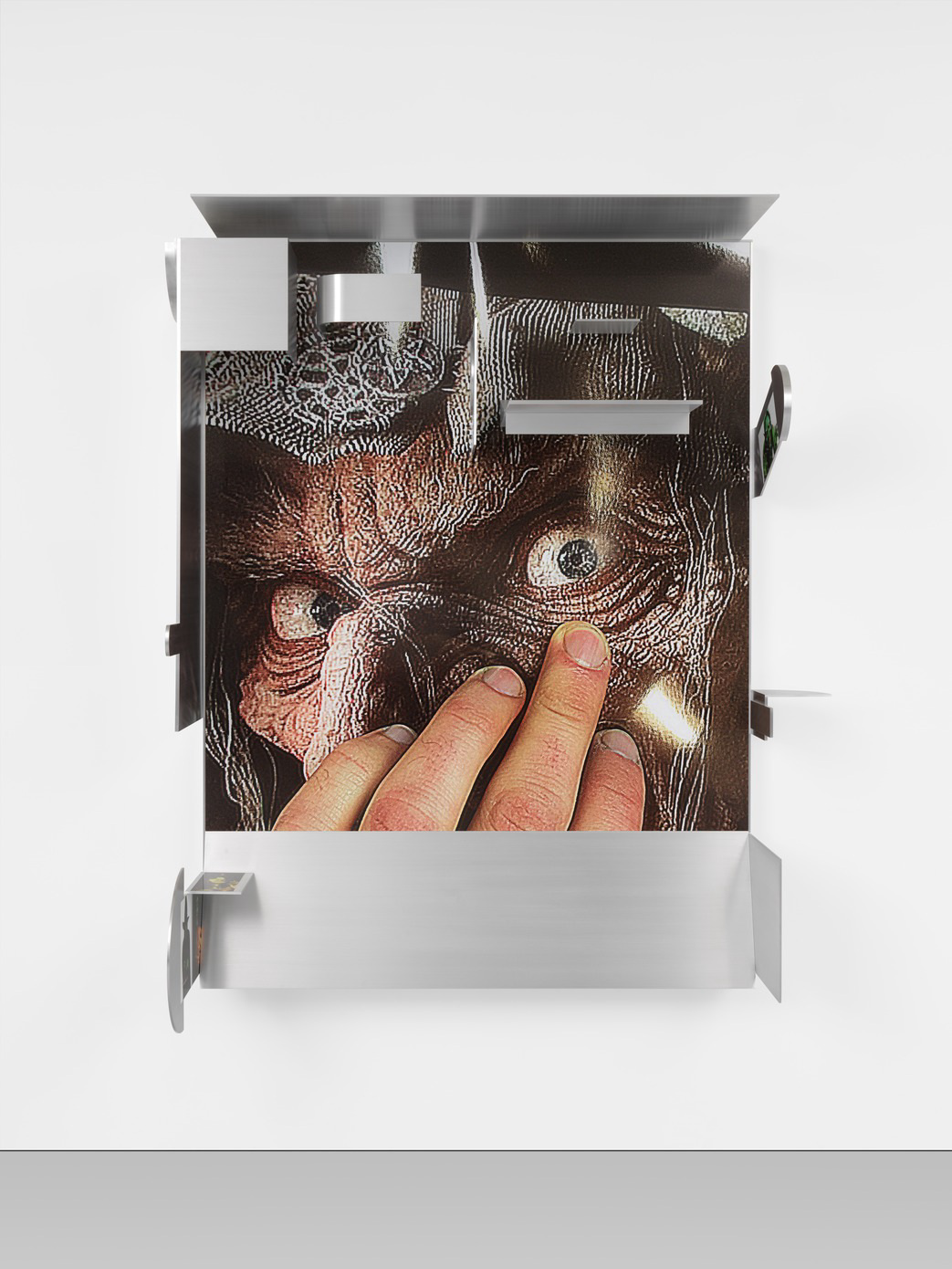
“Post Human,” Jeffrey Deitch’s latest exhibition in Los Angeles, is a back-to-the-future jaunt to 1992. Cue The Bodyguard on screens, Whitney Houston on the radio, and Kate Moss and Marky Mark making the topless Calvin Klein ads that would come to define both the brand and the era.
Back in 1992, Deitch was traveling between Lausanne, Turin, and Athens with the original “Post Human,” an exhibition of 36 artists looking at technology and bodies and how the two converged in the early internet age. Fast forward 32 years—to our age of Ozempic, fillers, and surgically embedded Tesla chips—and here we are revisiting what now feels like an almost quaint examination of the way our bodies continue to merge with and diverge from technology.

To coincide with the Getty-sponsored, LA-wide extravaganza “PST ART: Art and Science Collide,” Deitch is mounting a sequel to the influential show. This iteration presents work by some of the same names that appeared in the original, incuding Kiki Smith, Paul McCarthy, Mike Kelley, Jeff Koons, Robert Gober, and Matthew Barney. Added to the mix are newcomers like Jamian Juliano-Villani, Arthur Jafa, and Jordan Wolfson. A Disney-like “wishing well for sensitive boys” by Alex Da Corte and a pseudo-architectural chair that looks straight out of a David Cronenberg film by Anna Uddenburg are among the disorienting sculptures that maintain the “circuslike atmosphere” that critic Elizabeth Janus wrote defined the original 1992 show.

While the obvious aesthetic potential of “unnatural” tools was flourishing in the 1990s, what has perhaps outpaced the physical transformation enabled by technology is the psychological transformation. In the catalogue for the original “Post Human,” Deitch wrote about the ways in which people would be able to shed their family histories and create a self-identity free from the burdens of both family ethos and genetics.
“It is becoming routine for people to try to alter their appearance, their behavior, and their consciousness beyond what was once thought possible,” he wrote. “Our current post-modern era can be characterized as a transitional period of the disintegration of self. Perhaps the coming ‘post-human’ period will be characterized by the reconstruction of self.”
He could not have been more on the money.
“Post Human” is on view at Jeffrey Deitch, 925 N. Orange Drive, Los Angeles, through December 21.










 in your life?
in your life?

